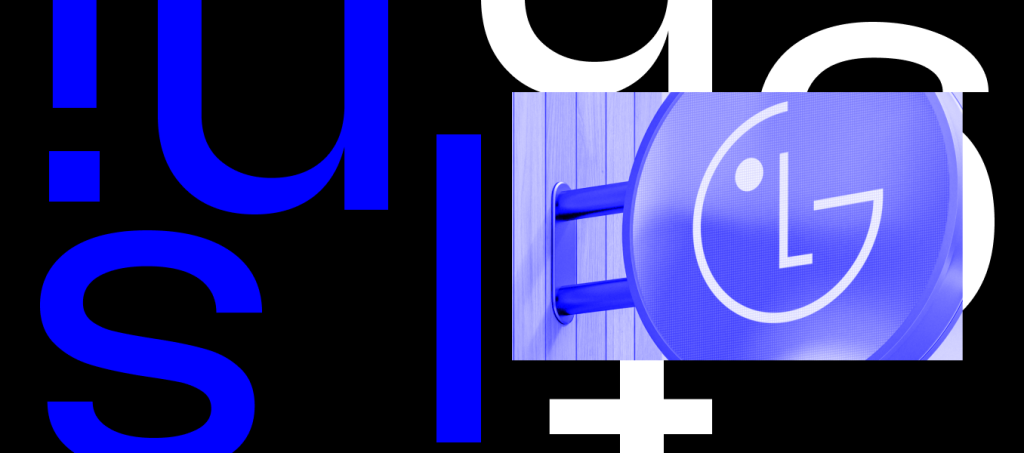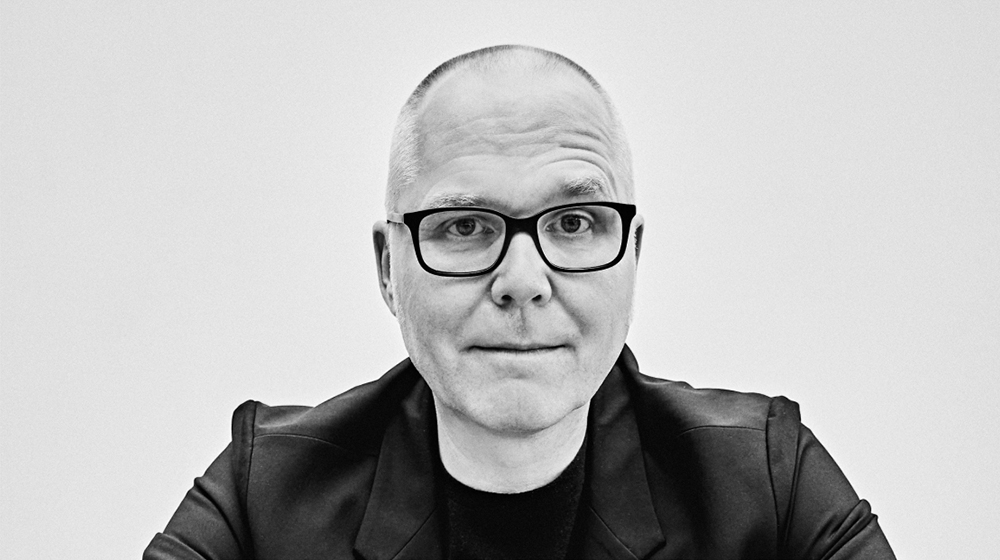Have you ever heard the term “backronym”? It's not a word you hear often. Usually we are dealing with acronyms – when the initial letters of several words take on a life of their own. BNW is a familiar German example, or ADAC. And probably LG, too. The South Korean brand is one of the world's largest manufacturers of household appliances and home entertainment products, and it stands for – well, what exactly does it stand for? One possible answer: The words “Life’s Good” appear right underneath the logo. Sounds logical, but this meaning was actually added to the brand after the fact. A backronym, in other words. Because LG really refers to the merger of the Lucky and Goldstar brands.
I find it fascinating to decode brands and discover surprising facts like this one. I would also like to acknowledge that the reinterpretation the company launched in 1995 was absolutely ingenious. “Life’s Good” as the brand's promise of products that make everyday life more comfortable and convenient, alongside a logo that turns the company's initials into a happy, friendly face – it all fits together so well that is has been in use virtually unchanged for nearly 30 years and is still effective. There are few other brands today with comparable consistency, especially in a fast-paced business like the electronics sector.
New opportunities to emotionalize the brand
In April I heard LG was to going to revamp its brand identity. At the time, there were few images of how the new look would be implemented. There was a new logo animation, and a picture of a billboard showing the familiar slogan in a new typeface against a red background. That was not enough to be able to make a serious assessment of the new visual identity. But now a global campaign has been launched that focuses on the “Life’s Good” tagline, and the basic elements of the new brand design can be found on the LG website.
At first glance, not much has changed. And quite honestly, it's a huge stroke of luck that the company didn't opt to reinvent itself. Instead, it is reinforcing its strongest assets: the color red, the brand tagline, and above all the logo, which has finally been brought to life in a variety of animations. It reacts subtly to movement patterns without becoming too playful. It seems obvious to me that if your logo has a face, it can take on different facial expressions and thus convey emotion, making it possible for the logo to be used interactively on digital screens, for example on the displays of household appliances. The logo itself can provide users with feedback and emotionalize the brand.
Something about the logo colors bothers me. The basic color is still a dark red – the brand color is called Heritage Red – that is always used when the logo appears within a circle. But other than that, it looks like anything goes, including the use of color gradients and brighter shades of red, for example. When Active Red is used, I find it clashes with the dark red.



